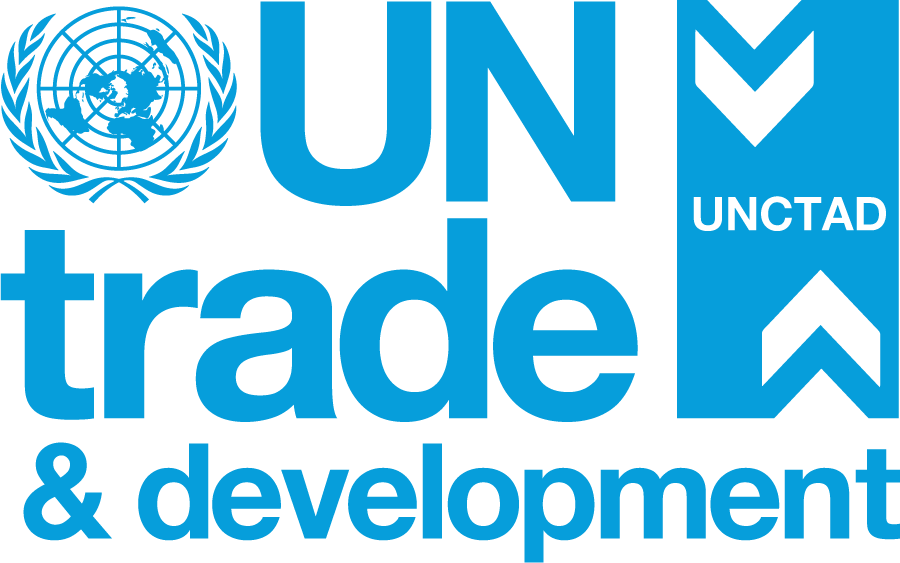UNCTAD16 ministerial roundtable: Harnessing artificial intelligence for inclusive and sustainable development
Honourable ministers, distinguished delegates, dear friends, dear panellists, thank you so much for being with us.
This will be fantastic – I can already see the aligned minds here on the stage. Thank you so much for being with us.
Welcome to this roundtable on artificial intelligence (AI). In the next ten years, the AI market will multiply 25-fold, adding trillions to world GDP. The question is whether these trillions will serve development, benefiting all and not just a few. Like it has been said, the potential is enormous.
I’ll make 2 points: First, about the divides that are widening; second, about what we can do to close them.
I start with the divides.
Our latest reports reveal big gaps. Just 100 companies in the world, mostly in developed countries, account for over 40% of global business investment in R&D. And we know that during this period of uncertainty what has been driving investment in the world and allowing for more resilience of the economy has been investment in AI.
And also, when we look not only at growth and investment, but when we look at trade, what has been resilient or allowed for resilience in the trade numbers is the services related to AI and the goods or electronics related to AI. So, AI has been a very important source of resilience during this time.
But, fewer than one third of developing countries have adopted national AI strategies, and 118 countries – mainly from the Global South – are absent from major global AI governance discussions. Some companies have a market cap of over $3 trillion, more than the entire GDP of Africa.
These gaps have real implications for development. A farmer who could benefit from AI-powered climate forecasting but lacks connectivity. A small manufacturer seeking to compete but without access to affordable technology. A hospital that could improve diagnostics but needs infrastructure first. The promise of AI is real. The potential is immense – but promise becomes progress only through real diffusion of the technologies. We need to accelerate technological diffusion. Infrastructure and skills are key for this to happen.
This brings me to what can be done.
So, at the national level, countries need strategies focused on three essentials: infrastructure, data, and skills. Not aspirational plans, but concrete roadmaps that enable local innovation and align technological progress with development priorities.
At the global level, we need cooperation that matches AI's borderless nature. This means governance frameworks on data – AI's lifeblood – that promote accountability & interoperability, something we’re doing through our work in data governance at the Commission on Science & Technology for Development—a very inclusive commission and working group that includes stakeholders, including the private sector.
And it means ensuring developing countries have voice in setting standards and norms.
UNCTAD is also proposing a global shared digital facility to provide equitable access to AI infrastructure, promote open innovation, sharing knowledge and resources. The outcome document being negotiated at this Conference can recognize the importance of bridging digital divides and supporting developing countries to harness emerging technologies. These commitments need dialogues like these to translate them into action.
And this shared digital facility is being thought and inspired by some of the experiments that we already have.
For example, CERN is a joint capacity for Europe. Maybe we cannot reproduce the infrastructure needed for AI in every country, but if we come together, we can share some infrastructure that will allow for diffusion of the technology and for the regions, so we can really be more effective.
Excellencies,
AI's trajectory isn't predetermined. Whether it widens gaps or closes them depends on choices we make now – about investment, about governance, about whose voices shape the rules and about how much we build these skills. Your experiences today will help chart that path. Thank you.


